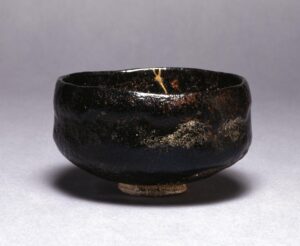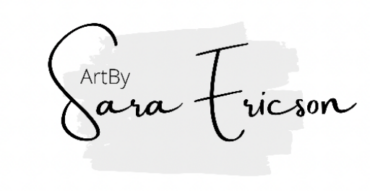The History of Raku
The first Raku master, Chojirö moved with his family from Korea to Japan in the 15th century, to work as a bricklayer at the shogun´s (feudal warlord) castle.
The bricks were burned in the courtyard of the castle, and it was also where the first tea bowl was made in Raku, in 1579. The tea bowl was burned in red clay with a thin transparent glaze.
The special tea bowl was introduced to the tea ceremony master, and it was accepted.
From the beginning, the newfound pottery production was called Ima-yaki (modern avant-garde pottery), then Juraku-yaki which was shortened to Raku-yaki, which means Raku pottery.
As a reward, Chojiro received a stamp of gold with the sign for Raku, by the shogun. The Shogun's Castle was called Juraku. Hence the name for the Raku technique.
From then on, Chojiro also got the family name Raku. Similar Raku stamps were used by all potteries in the Raku family. And today pottery is still being made in the family-owned Raku producing in Japan.
For a long time, Raku pottery was characterized by conservative shapes and glazes, such as brick red and black glaze. The black glaze used in Japan in the past was made from the Kamoga River, from crushed stone´s and is not the same as today's well-known Raku pattern.

In modern times, Raku pottery is characterized by the black surface and the black crackles, which occur in the glaze when carbonating the brittle-fired clay surface, by reduction (restricts the oxygen supply). However, this is not the original technology discovered in Japan in the 15th century.
The process for Raku changed and developed in the United States in the 19th century. The famous ceramist Paul Soldner developed the method in 1960, by introducing a reduction chamber. Where the items are placed with compostable material, such as grass, sawdust, or newsprint. To reduce the atmosphere and affect the glaze.
